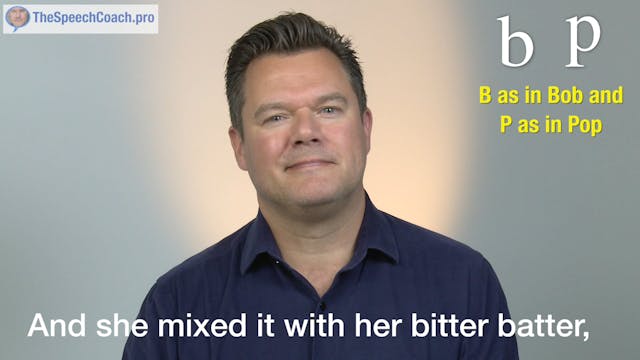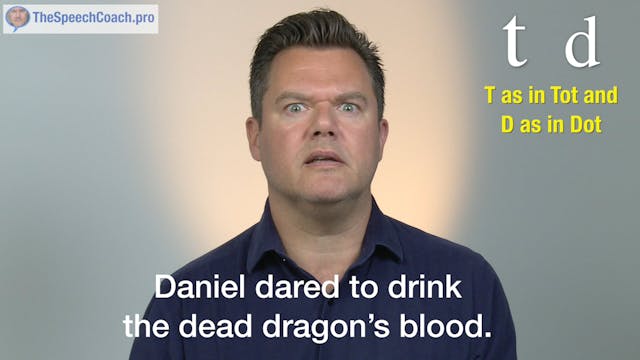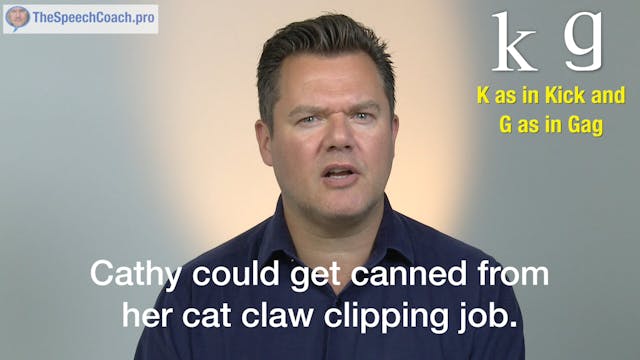026 Introduction - Consonant Sounds
Voice & Speech Training - LIFETIME ACCESS
•
1m 53s
Consonant sounds are made in many different ways but many speakers go wrong because they do not use their voice when they should use their voice. Consonant sounds can be voiced - as in Z: “ZZZ” - you can hear my voice, can’t you? “ZZZ”.
Or consonant sounds can be unvoiced - as in S: “SSS” - you just hear the hissing “SSS” sound with no voice behind it. However, the S sound is sometimes voiced and is pronounced as a voiced Z sound.
The word spelled U.S.E. is pronounced YOOS when it appears in its noun form and YOOZ when it appears in its verb form.
“I will not use this because it has no use.”
If the S sound is unvoiced when it should be voiced then a speaker will be what voice teachers call sibilant - their speech is too “hissy” and is often perceived as “weak sounding”.
As I said, many problems can occur because speakers do not use their voice when they should. Remember that the voice can communicate so much emotional information or meaning. Think about how many messages can be communicated with a simple “MM” sound.
That tastes good: “MMM”
I finally understand: “MMM”
Hurry up with the lesson: “MMM”
One sure and certain way to improve the impact of our speech is to make sure that the voice is used whenever it should be used. All our consonant lessons will also include a reminder of all 25 of the vowel sounds.
Up Next in Voice & Speech Training - LIFETIME ACCESS
-
027 B as in Bob and P as in Pop
The first consonant sound we will cover is “B” as in “BIB”. This is a plosive consonant sound which simply means that the flow of air is stopped and then suddenly released: “B”
Take special care with consonant sounds at the ends of words, that you don’t do too much with your voice so that it sou...
-
028 T as in Tot and d as in Dot
Continuing with the plosives we have:
T which is not voiced and also its voiced equivalent D. Compare the two sounds and listen for the voice in the D sound:
T/D T/D T/D T/D
To make the T sound, press the tip of your tongue against the alveolar ridge - the gum line just above and behind your ...
-
029 K as in Kick and G as in Gag
The consonant C can sometimes be pronounced “S” as in “since” but here we are looking at the hard, plosive, unvoiced “K” sound indicated by both the letters C and K. So that’s “K” as in “can”. And we are also looking at its voiced equivalent “G” as in “get”.
Compare the two sounds:
K/G K/G K/G...


